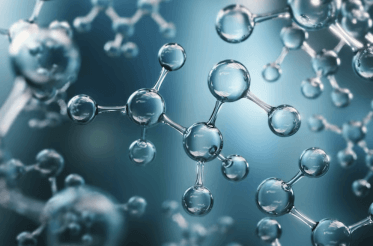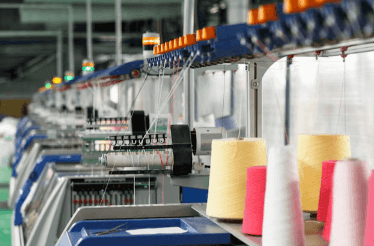Question
a.
ratio of the distribution coefficients in different solute
b.
mass fraction of the solute in the extract phase at equilibrium
c.
mass fraction of the solute in the raffinate phase
d.
ratio of the mass fraction of the solute in the extract phase to the raffinate phase
Posted under Biochemical Engineering
Interact with the Community - Share Your Thoughts
Uncertain About the Answer? Seek Clarification Here.
Understand the Explanation? Include it Here.
Q. Selectivity can be expressed as
Similar Questions
Explore Relevant Multiple Choice Questions (MCQs)
Q. If the solute passes through membrane freely, the the rejection coefficient (s) is
View solution
Q. If the membrane rejects all solute, the rejection coefficient (s) is
View solution
Q. In antibiotic manufacturing processes, the fermentation time ranges from
View solution
Q. The conventional filtration involves the separation of large particles generally
View solution
Q. Which of the operation does not come under upstream processing?
View solution
Q. Concentration polarization can be reduced further by
View solution
Q. A system which require less solvent and produces a more concentrated extract phase, is desired with a
View solution
Q. The efficiency of cell disruption in a bead mill depends on the
View solution
Q. A common filter medium is the cloth filter generally made of
View solution
Q. An ion exchange resin is composed of
View solution
Q. For cost analysis in a fermentor system, the depreciation cost varies from
View solution
Q. Micro filtration refers to the separation of suspended material such as bacteria by using a membrane with spore sizes of
View solution
Q. Start up expenses in a fermentation industry varies from
View solution
Q. The solvent flux across the membrane can be expressed as (where A is the area, Lp is the membrane permeability, σ is the reflection point, Δp is applied pressure and Δπ is the osmotic pressure)
View solution
Q. Which of the following is considered as a pretreatment to the biological feeds?
View solution
Q. For the extractions operation, the selectivity should be
View solution
Q. The purity of a solute collected between two times t1 and t2 during chromatographic separation can be calculated as
View solution
Q. Chromatography is based on the
View solution
Q. The correlation often employed to correlate adsorption data for protein is (where Ymax is the maximum amount of solute adsorbed per mass of adsorbent, X is the mass fraction of solute in the diluent phase in solute-free basis, KL is a constant and Y is the equilibrium value of the mass of solute adsorbed per mass of adsorbent)
View solution
Q. A typical tubular centrifuge has a bowl of 2 to 5 inch in diameter and 9 to 30 inch in height with a maximum rotating speed of
View solution
Recommended Subjects
Are you eager to expand your knowledge beyond Biochemical Engineering? We've handpicked a range of related categories that you might find intriguing.
Click on the categories below to discover a wealth of MCQs and enrich your understanding of various subjects. Happy exploring!








